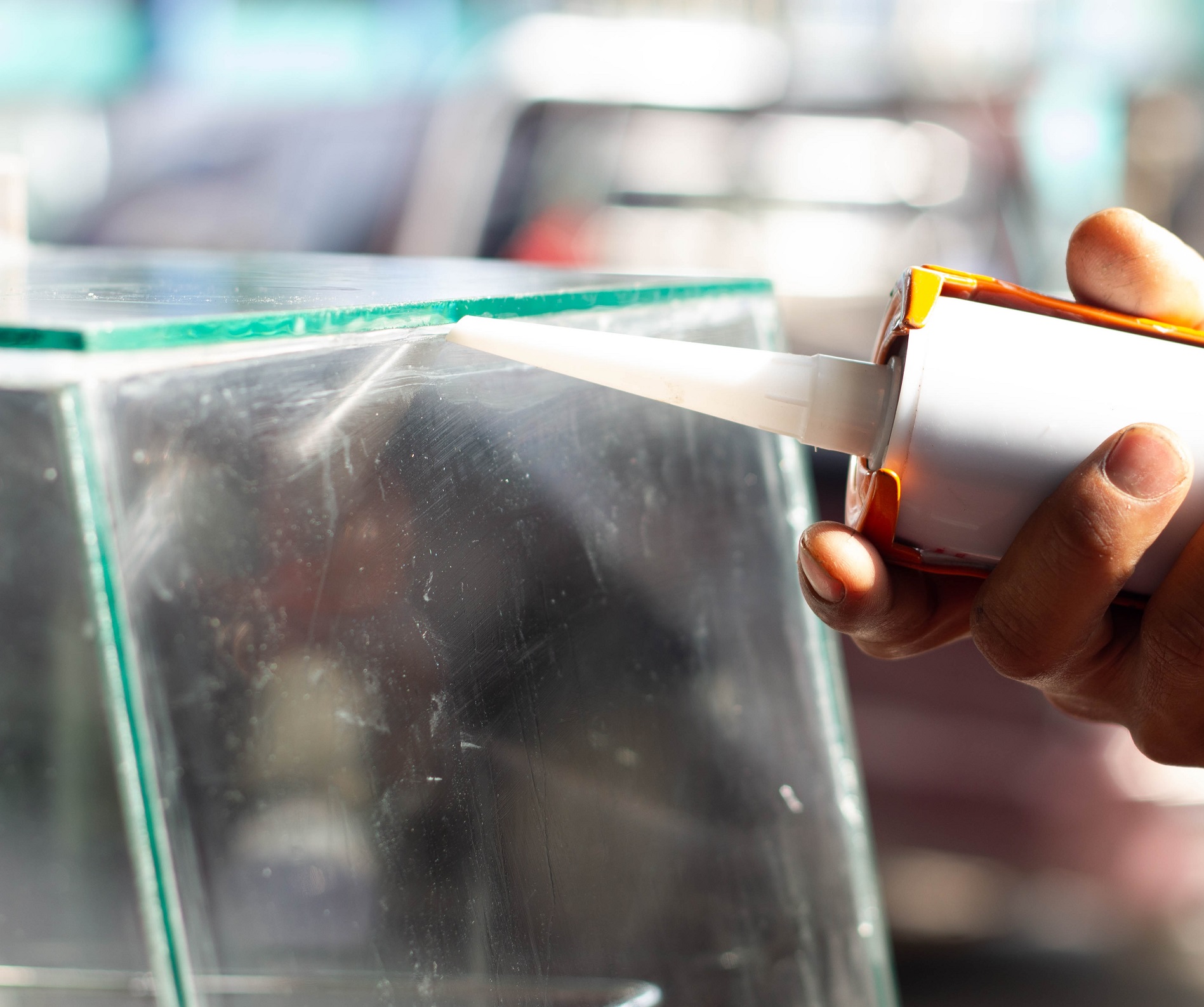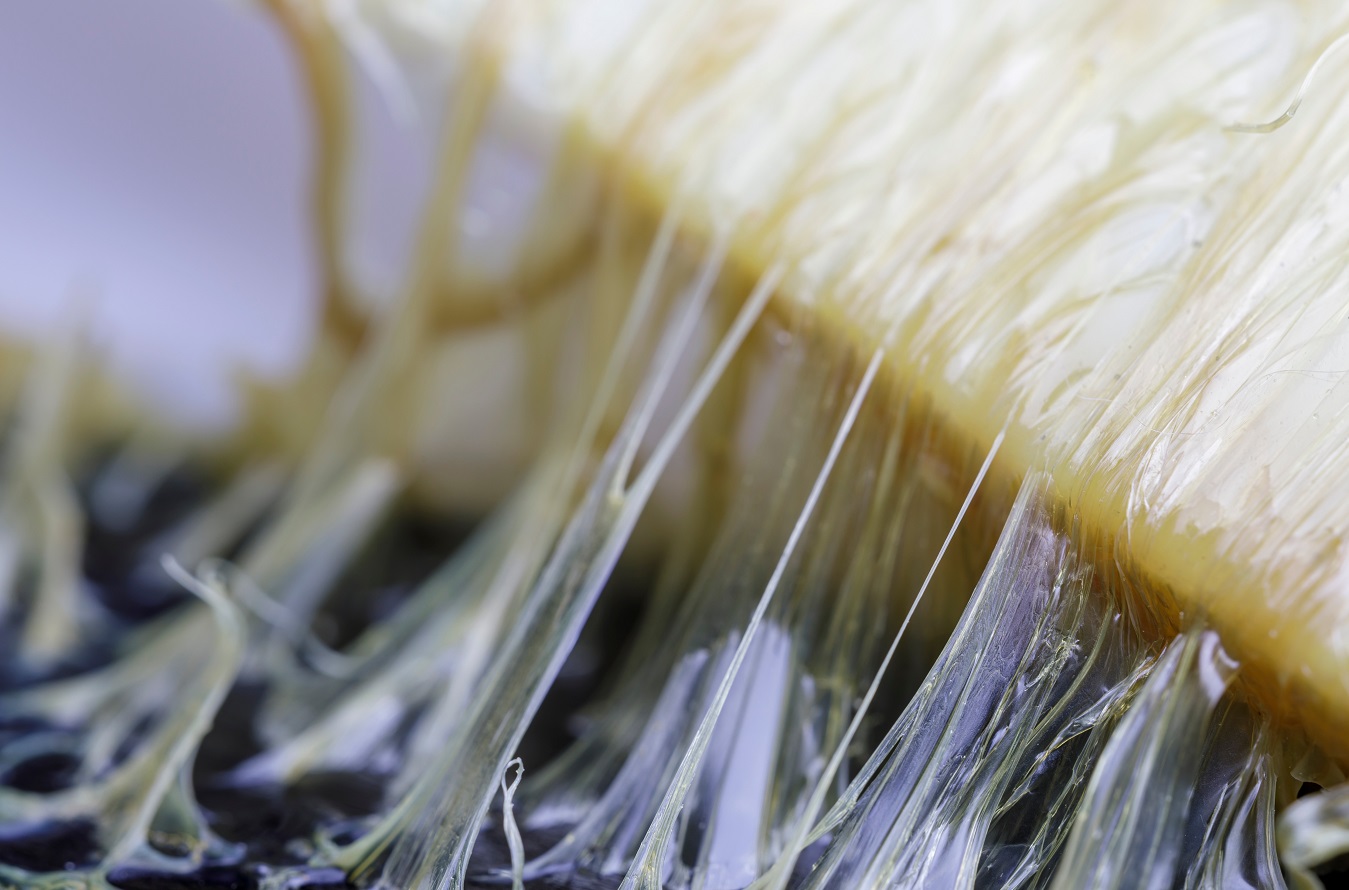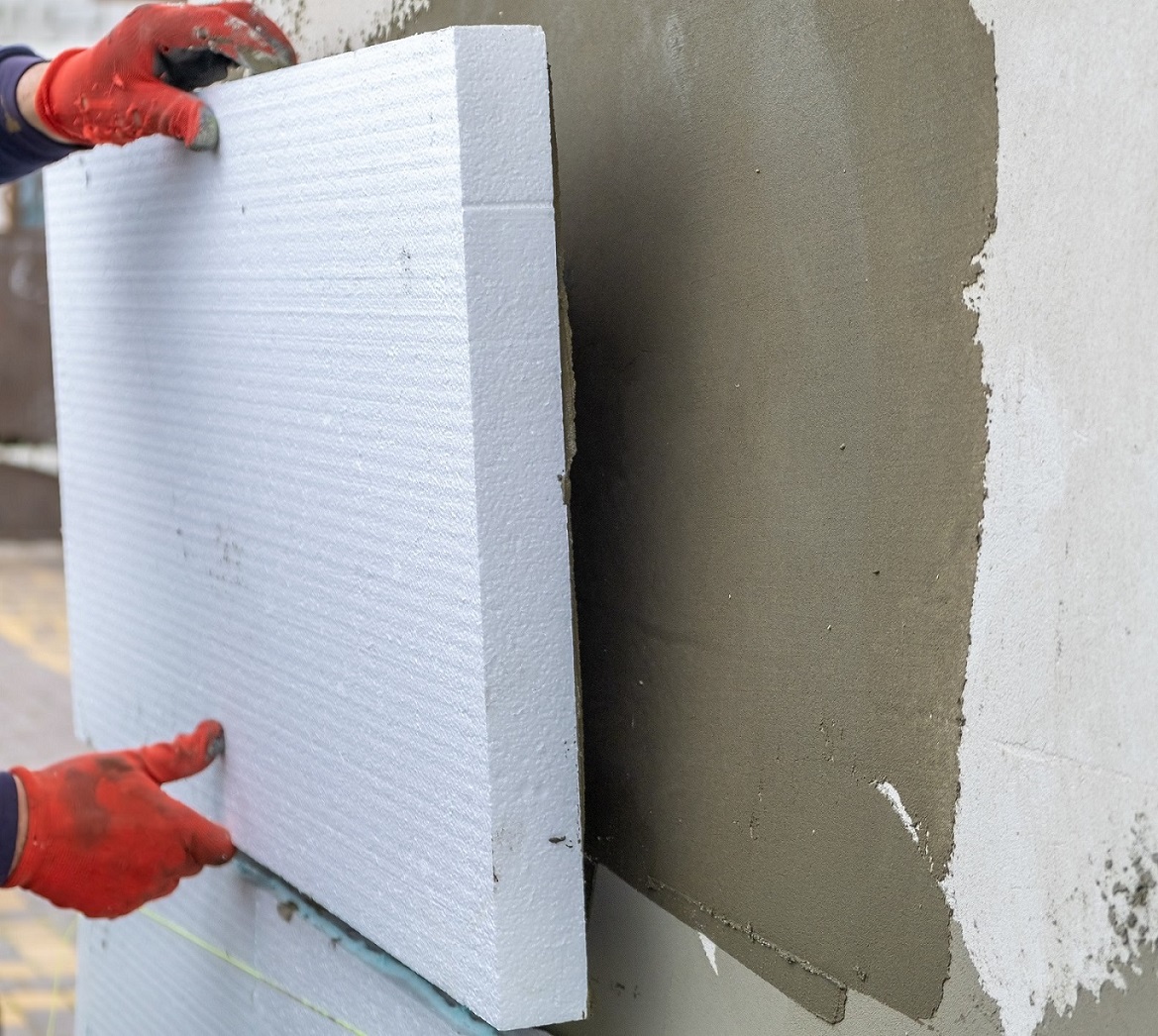Glue! From adhesive to construction material
Adhesives come in all shapes and sizes and, more importantly, for a wide range of applications.
V-Sure also has an extensive range of adhesives. Discover here which adhesive you can use best for your project!
Instant adhesives
Solvent adhesives, as the name suggests, consist of a soluble adhesive. A nice feature of a solvent adhesive is that it is not necessary to wait for the solvent to evaporate before you can glue two substrates together. The best-known glue in this regard is superglue. This is a superfast glue that can be used by both the hobbyist and the professional. It dries crystal-clear and has excellent adhesion to glass.
Acrylic or PMMA adhesives
Acrylic adhesives come in all formats and types, but one distinction must be made.
On the one hand there are two component adhesives that need to be mixed and on the other hand there are no-mix acrylate adhesives, where the two components need to be applied separately. Typical for acrylate adhesives are the short processing time and a curing time of at least 12 hours.
Furthermore, acrylate adhesives are very strong and are often used in construction applications.
Epoxy adhesive
Epoxy adhesives mainly exist as two-component adhesives consisting of a resin and hardener.
These start to harden after mixing with each other. Furthermore, epoxy adhesives are universally applicable for very diverse substrates, which sometimes require a primer. Epoxy adhesives are mainly used in the construction sector, such as chemical anchors and connections to metal.
Polyurethane adhesives (PU)
One-component solvent-free polyurethane adhesives
- One-pack solvent free PU adhesives harden when they come in contact with moisture in the air, this can happen in less than one hour. Be careful when applying a thick layer of adhesive, as it would take much longer to fully harden due to lack of air.
- One-pack PU adhesives can be recognised by their good resistance to impact and weathering and are therefore often used in construction applications, for example when installing façade panels and roof seals.
Two-component solvent-free polyurethane adhesives
- Two-pack solvent-free PU adhesives harden when both components come into contact. The opening time is usually about 20 to 60 minutes and it takes about 3 days until they are fully cured. At higher temperatures, these adhesives will cure faster.
- 2K solvent-free PU adhesives are rarely used in outdoor applications because of their poorer UV resistance. They are, however, often used for bonding waterproofing membranes.
Silicon adhesives
Silicone polymer forms the basis of silicone adhesives. We define an important distinction between 1K adhesives, which cure after contact in the open air, and 2K adhesives, which cure rapidly after the addition of an accelerator. Silicone adhesives are highly resistant to environmental influences such as UV, rain and heat. They are therefore often used as sealants, but also for bonding glass.
Hybrid polymer adhesives
Polymer adhesives owe their popularity to their versatility. They can be used on almost all substrates and in all circumstances. In addition, they offer good adhesion and are flexible and shock-resistant. They are used for a wide range of applications, from repairs to assembly and sealing. Polymer adhesives are composed of modified silane molecules. They have an opening time of 10 minutes and a hardening speed of 3 to 4 mm per day.
Assembly adhesives
DIY enthusiasts often use a classic construction adhesive for fixing materials to walls, floors or ceilings. Furthermore, construction adhesives are also frequently used for filling small irregularities, because they are easy to sand. Construction adhesives are used as 2-component PU adhesives, but also increasingly as hybrid polymer adhesive.
Construction adhesives
Working with various types of wood or special substrates such as stone, concrete or plasterboard? Then use the unique features of a PU construction adhesive. During the curing of the adhesive a reaction with moisture takes place, whereby gas bubbles/foam are formed which gives the adhesive a filling character. For more water or chemically stressed adhesives, it is better to use a 2K epoxy.



